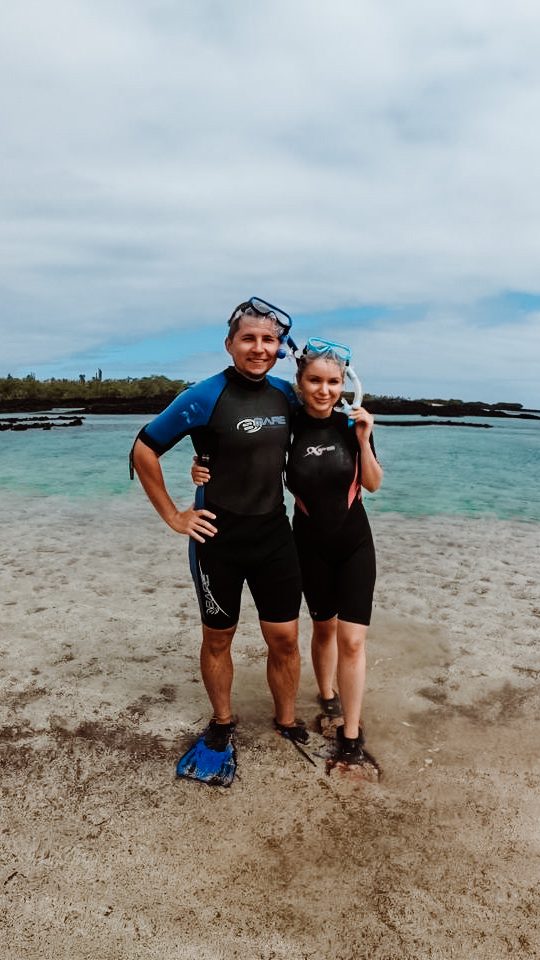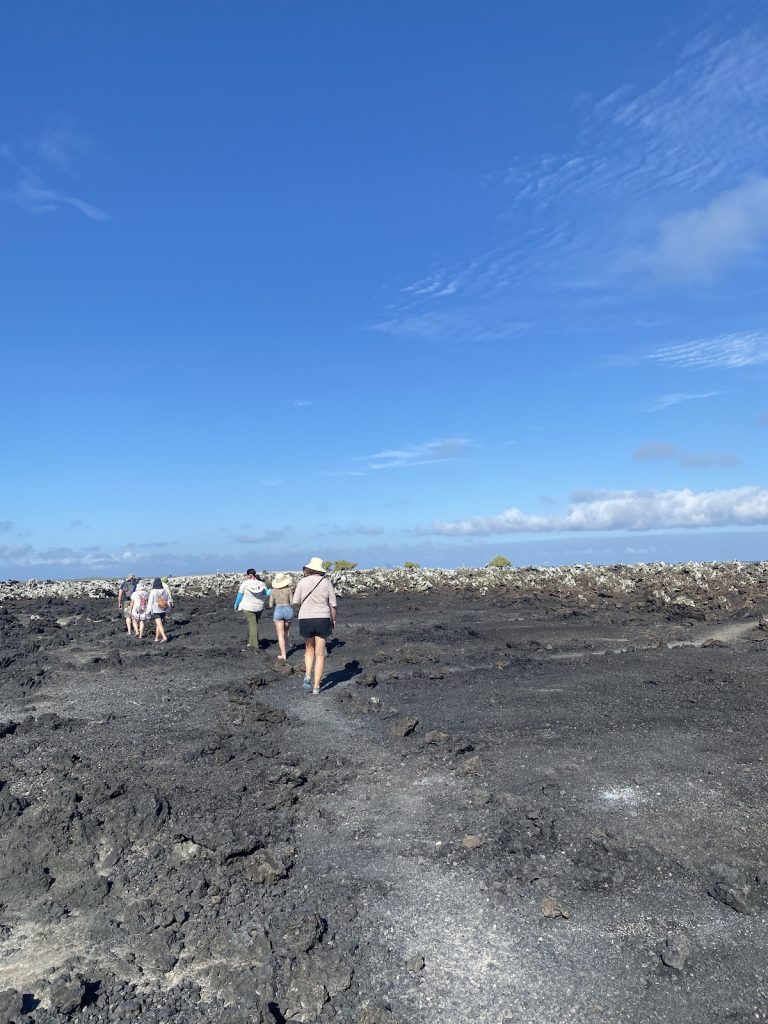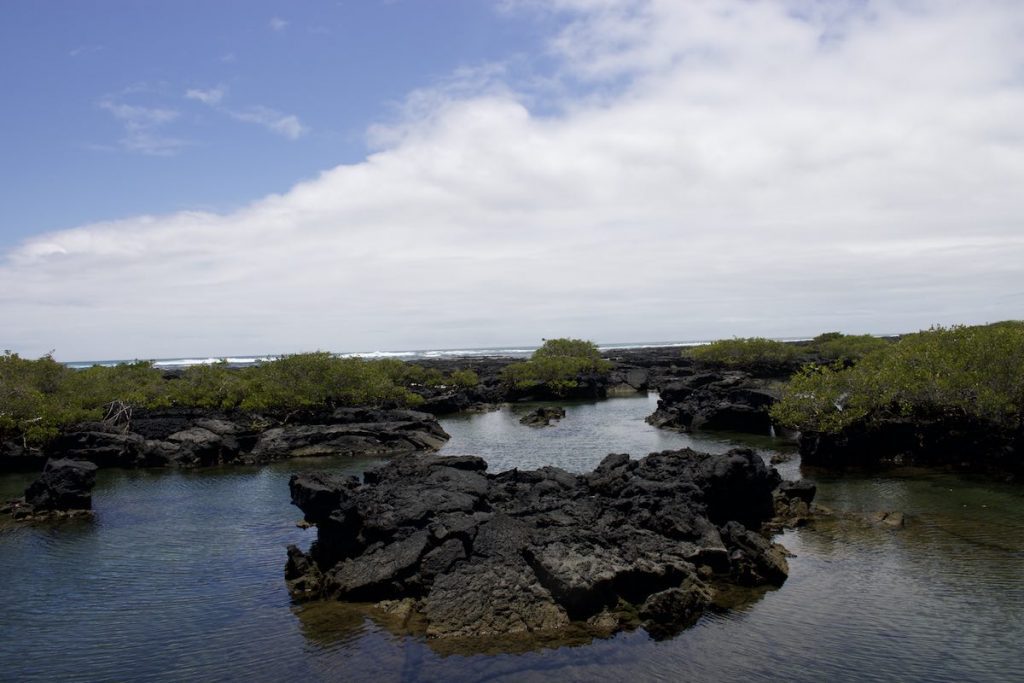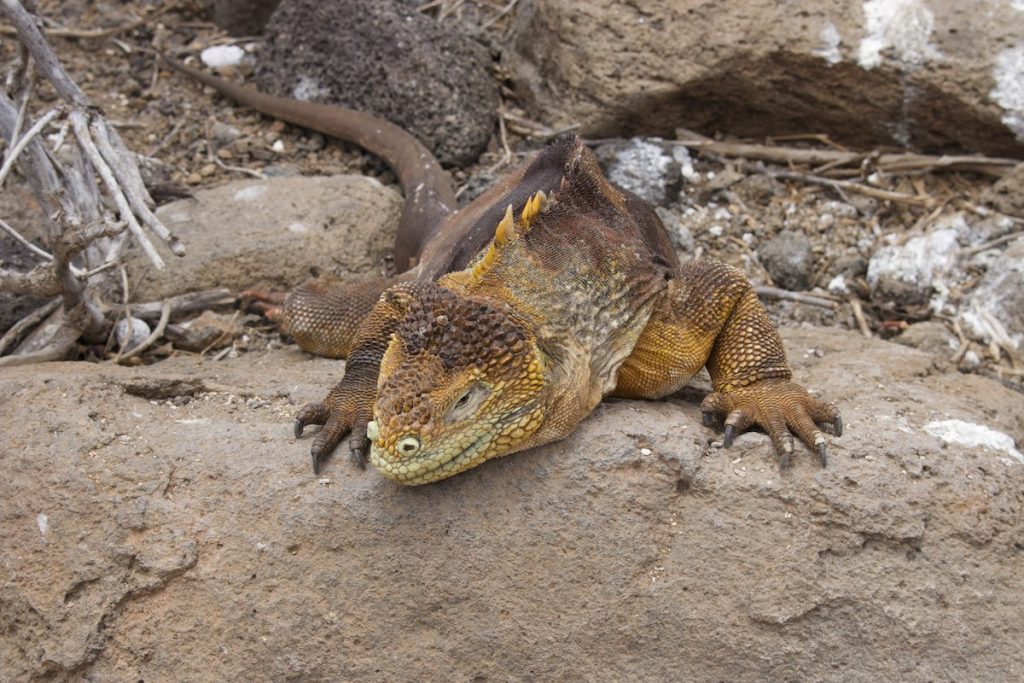Over thousands of years, volcanoes erupted on the Galapagos Islands as a result of fires that originated in the Earth’s core. The volcanoes in the Archipelago are unique, though. The Nazca Plate, one of the plates that make up the Earth’s crust in the middle of the Pacific Ocean, is where the islands are located. This plate is unique in that it does not collide with any other plates.
When exploring Galapagos, understanding its volcanic origins made every landscape more fascinating – from ancient lava flows to active craters. Get a FREE custom itinerary from local experts who know how to safely experience these geological wonders. Your support helps this blog and local Galapagos communities!
Table of Contents
Plan perfect trip to Ecuador & Galapagos
I spent countless hours researching everything about traveling to Ecuador, and I created this blog for fellow travel enthusiasts who want the best, most reliable information. But if you want to save time, we’ve partnered with the top local agency to plan your dream trip.
A “hot spot,” defined by geologists as a location on Earth where the magma is hotter than it usually is, is what gave rise to the Galapagos Islands. The same happened in Hawaii and some other places on the globe.
The Galapagos Islands were formed by the volcanoes that resulted from the movement of the Earth’s crust over the hot spot. The hot spot is stationary while the plate shifts from west to east. As a result, geologically speaking, the eastern Galapagos Islands, such as Espanola and San Cristobal, are the oldest, while the western islands, such as Fernandina and Isabela, are the youngest.
Basaltic Lava
The Galapagos Islands are primarily made of basalt. This kind of rock is produced by basaltic lava.
Because basaltic lava is much more liquid than other types of lava, it travels farther and flattens out terrain much more quickly. The formation of shield volcanoes occurs in this way.
While the strongest basalts leave steeper, more rugged cliffs, volcanic ash that has been cemented with little tuff or pumice creates beaches. On Santiago Island, some lava flows from a century ago are still sterile, but on Isabela Island’s western shore, lava from a thousand years ago displays a wide variety of plants. You can visit some of the volcanoes, e.g. Sierra Negro.
Volcanic Activities in Galapagos
There is no longer any volcanic activity in the eastern Galapagos Islands. Some of them are extremely old and on the verge of being submerged under the sea. For instance, Genovesa, a small island, is all that is left of a once-massive volcano. In fact, you might be able to go snorkeling in the volcano’s crater since it is no longer active.
On the other hand, because they are still above the hot spot, the western islands are still very active. The Isabela and Fernandina volcanoes continue to erupt frequently.
The underwater geography off of Isabela Island changed as a result of a sudden volcanic event in 1954, which is one notable volcanic event. The sudden elevation of a portion of the ocean floor led to the formation of Urbina Bay.
Captains of ships reported that the area smelled horribly of weeks’ worth of dead fish and other marine life. The sea creatures were unable to flee because it happened so quickly! Urbina Bay can be visited, and there are still some coral formations visible along the trail.
Looking back, I wish I’d known more about the islands’ volcanic history before visiting. Get a FREE personalized itinerary from local experts who can help you safely explore both active and extinct volcanic areas. Your quote request supports this blog and local Ecuadorian businesses!
How Dangerous is the Volcanic Activity in Galapagos?
The volcanic activities in Galapagos are not totally dangerous. The majority of the tourist attractions in the Galapagos are located far from any potentially hazardous volcanoes.
However, they are risky for the animals because other animals might lose their habitat and giant tortoises could get burned by lava or hot ash. The rare Galapagos pink land iguanas, whose population and habitat are so limited that an untimely eruption could wipe them out, reside in Isabela’s Wolf volcano and are therefore considered to be in danger.

Planning trip to Galapagos Islands?
My wife and I spent two weeks on these magnificent islands, visited nearly every possible tour, and explored as much as we could. I shared all the important details in my comprehensive Galapagos Islands Travel Guide, where I cover everything you need to know about planning a trip to the Galapagos.
Galapagos Islands travel might surprise you with extra fees to enter the islands, the complicated logistics between islands, booking tours, and knowing which spots are free to explore and which ones are not. I’ve covered it all in this Galapagos Travel Guide.
Also, if you’re planning a trip to the Galapagos, make sure to use my link for discounted hotel prices via Booking.com. It really helps support my blog!
Bottom Line
Aside from its beautiful wonders, the Galapagos Islands have a unique and interesting history. Most tourists to the Galapagos come from all over the world to see the untamed wildlife or to scuba dive in the ethereally blue waters of the archipelago. But fewer people are aware of how fascinating the islands’ geology is in comparison to their wildlife. Make sure the check out the best things to visit while in the Galapagos!
Plan perfect trip to Ecuador & Galapagos
I spent countless hours researching everything about traveling to Ecuador, and I created this blog for fellow travel enthusiasts who want the best, most reliable information. But if you want to save time, we’ve partnered with the top local agency to plan your dream trip.







